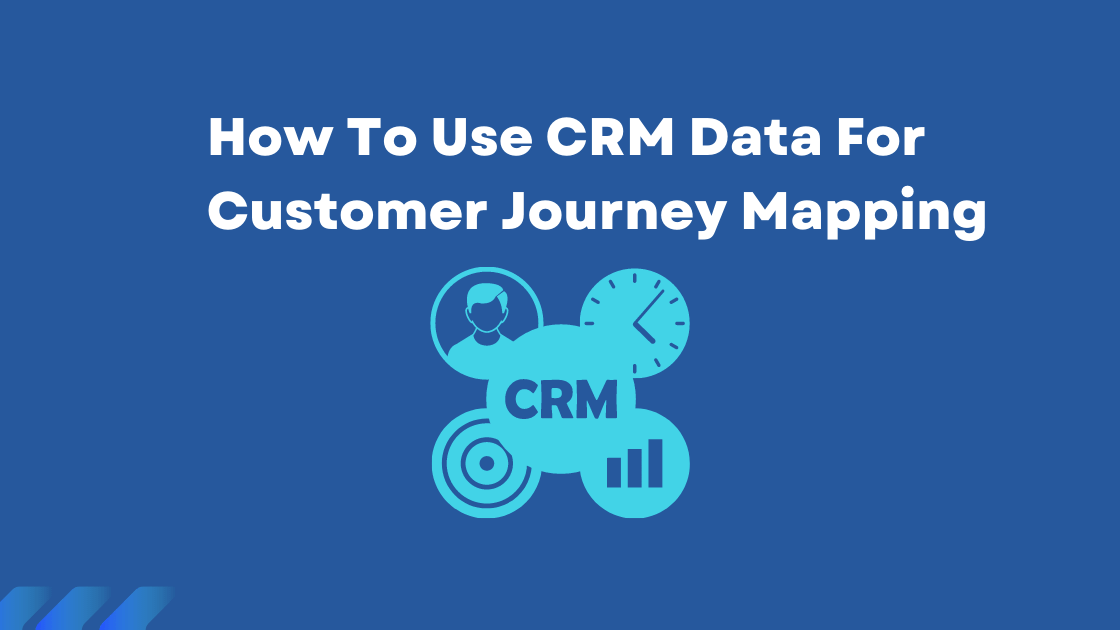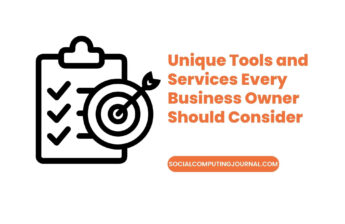Most companies know that their Customer Relationship Management (CRM) data systems and software applications are a rich touchstone and repository of all their interactions, engagements, and transactions with their users, customers, and clients. What many are still trying to figure out is how to make the most of their CRM data for their customer journey mapping. They know that there’s a lot of data in there about their customers, but they don’t seem to know how to use it.
CRM data is a potentially rich input source for your customer journey mapping. With data analytics and top CRM software, companies have made more sense of their CRM data to enhance their sales and customer relationship efforts. But the advent of Artificial Intelligence (AI) programs and tools will take CRM data mining for customer journey mapping to the next level. Here’s a brief article on how you can use CRM data to map out your customers’ journey.
- Use CRM Data To Know Your Customers
One of the most important ways of using data stored from Customer Relationship Management (CRM) software systems and applications is to know and understand your customers. There’s a lot of information about your customers stored on your CRM system servers. There’s information there aside from their details, financial information, and previous purchases that can be very helpful in mapping out their customer journey and experience.
You can use data and information from CRM to identify where your customers are coming from. This is an essential aspect of knowing and understanding your customers. For example, you can start by learning how your customer got in touch with your CRM interface.
Small details like what device they used, what toll-free number they called from, and the main reason why they’re contacting your CRM team are all sources of critical information. These details are all insights about your customers.
- Outline Your Customer Journey Map
Knowing and understanding your customers is an essential aspect of customer journey mapping. If you know where they’re coming from, you can create a customer journey mapping that is grounded on the pain points, frustrations, experiences, expectations, and desires of your customer.
You can get the CRM data analytics on the contact origins, interface, platform, and selected issue, giving you an insight into how they see the concern from their point of view. Some have even expanded their data mining to social media CRM pages.
Here are some of the things you can include in the preliminary outline of your customer journey mapping:
- Create typical customer personas and customer profiles based on the CRM data analytics of their contact origins, interface, or platform where CRM was accessed, personal information, main issue/concerns typed in, etc.
- Go over these imagined personas and customer profiles with everyone in your customer relations, sales, marketing, advertising, and account management staff. This would help everyone in your team gain a reference point that can be tested against other data analytics during the mapping process.
- You can also organize and schedule a focused-group discussion with a small group of customers, clients, or users later on when you’ve gathered more data about your customer personas and profiles. You need to further test the analytics to improve your profiling and accuracy.
- Use AI On CRM Data To Map Out Common Issues
Artificial Intelligence (AI) has taken CRM data systems and software applications to the next level. The use of AI in mining CRM data systems multiplies the computing power and depth of the data analytics programs.
They can get more correlations and insights from the data analytics programs and algorithms. As a result, more and more companies are adopting and integrating AI into their CRM systems. AI will affect all aspects of human and social life and impact all industries and sectors.
For example, you can use AI to select the best responses to your customers’ issues in a way that both resolves them and gives them a very high sense of customer satisfaction. The AI algorithm can mine your CRM data and group the most frequent issues and concerns. It can also gather data on the solutions offered by your CS teams to resolve your concerns. They can factor in customer satisfaction and whether the customer said that their issue was resolved.
The AI can then use this data to train your CRM programs and algorithms. The programs would identify the customer’s issues and concerns from the onset and usher them right away to the correct pathway that would resolve their concerns. The CRM systems can also push the solutions suggested and recommended by the AI-trained programs to your CS teams attending your customers’ calls, chats, or emails. This will significantly improve issues resolution and cut down the waiting time for your customers.
- Apply AI To Trace Root Causes Of Customer Pain Points
An effective customer journey mapping should trace the root causes of your customers’ pain points. Customers have reasons for contacting you with their needs, issues, and concerns. Some of them might have an accurate understanding of what they want to purchase or get fixed, repaired, or resolved with your product or service. But some don’t fully understand what’s happening, and all they know is that they’re frustrated by the product or service they’re getting from you.
You can come up with a more accurate and effective customer mapping if you can trace the root causes of your customers’ pain points. These root causes may not be readily apparent from what they’re saying. They could be lying underneath the issues and concerns they raised and the pain points you identified.
- Identify Opportunities For Improvement With Recommendations
By applying AI to your CRM data, you can mine the needs, issues, and concerns raised by your customers using the more powerful, fast, and efficient AI algorithms. You can map out the personas and profiles and know if they’re correlated with specific common or frequent issues and concerns. You can also analyze this with gaps and inefficiencies in your platforms or customer-facing interfaces. It might be frustrating making them wait for too long or the contact pathway taking them to circles without resolving their issues.
Applying AI to your CRM data systems will enable you to look at your customer interactions data from a big picture point of view. The AI will identify the patterns of behavior, interactions, transactions, and engagements and correlate these with other relevant attributes of your customer journey mapping. At the same time, this will enable you to dive deep into each specific case to identify pain points that your CS teams missed in dealing with customers.
Conclusion
The CRM data of any business organization or enterprise is a minefield of information crucial to accurate, responsive, and effective customer journey mapping. It contains all the interactions, transactions, and engagements of teams. Still, there are several ways for a company to make the most of its CRM data to enhance its customer journey mapping.







